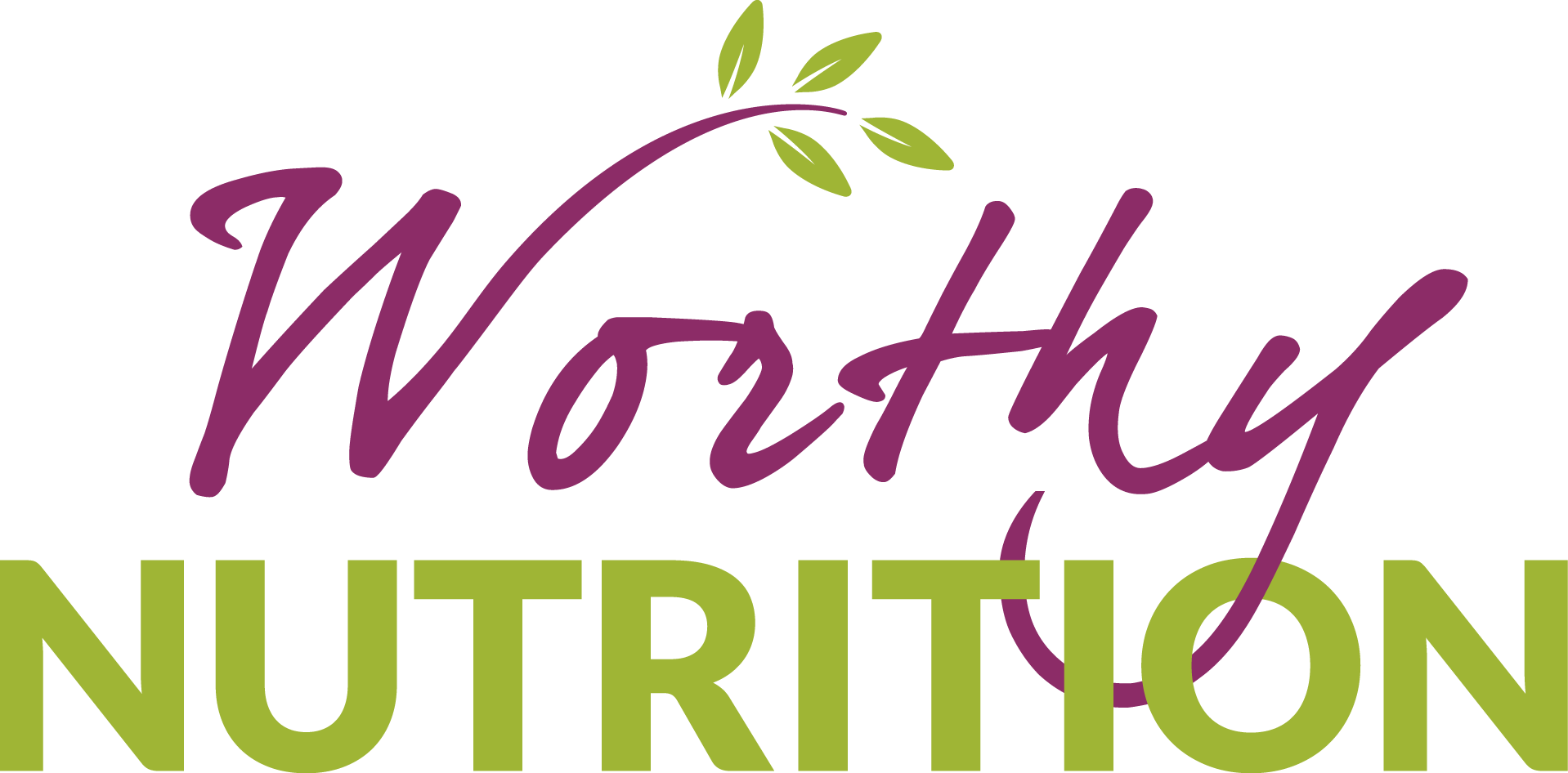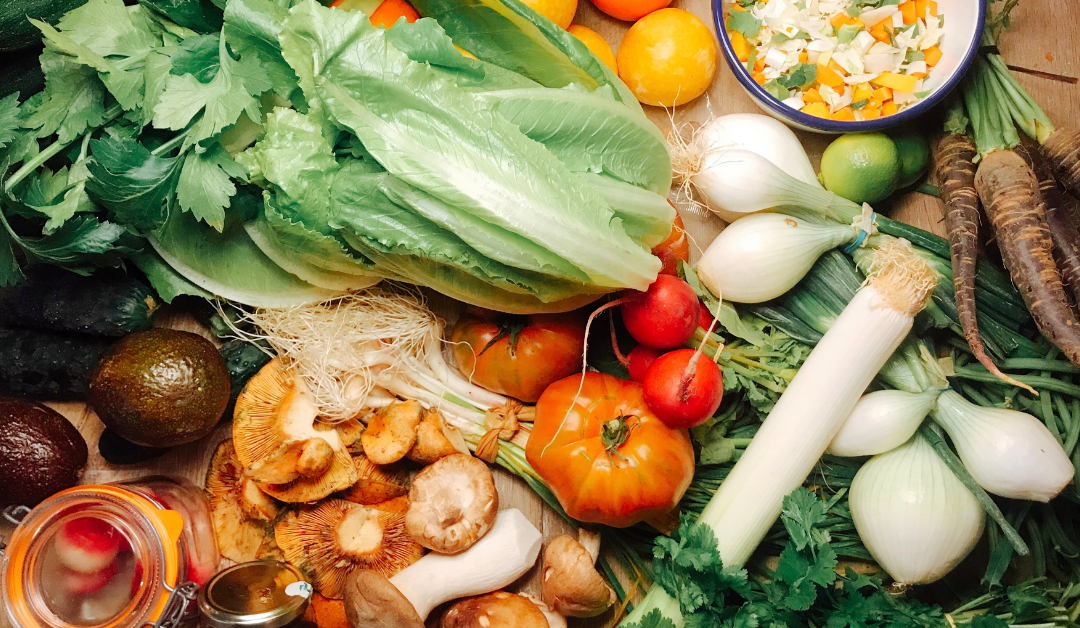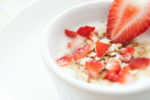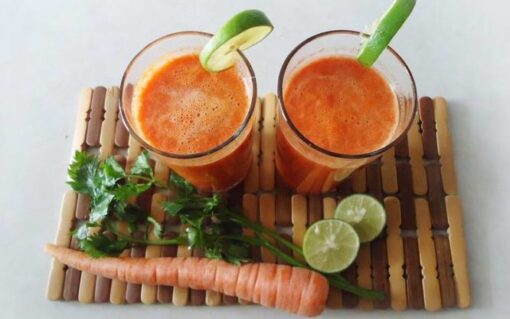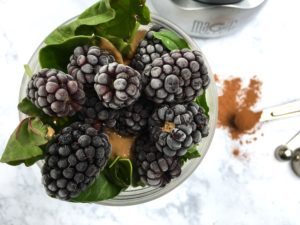If you’re following a restrictive diet, chances are it’s either for health, weight loss, religious or ethical reasons. For some, food is fuel; for others, it’s comfort. And then there are those that see food as punishment, depending on how strict their diets are.
A growing number of people choose to reduce or eliminate certain ingredients from their diet, such as animal products. But some diets don’t automatically make you healthier and are often mistaken to be the same as another type of diet.
That’s why, in this article, I’m going to explain the difference between veganism and clean eating.
What is Veganism?
The Vegan Society defines veganism as “a philosophy and way of living which seeks to exclude as far as is possible and practicable all forms of exploitation of, and cruelty to, animals for food, clothing or any other purpose”. Vegans do not eat fish, chicken, red meat, eggs, dairy products, or even honey. Not only is it a way of eating, but a way of living that extends to clothing and personal care items. They make a sincere effort to avoid contributing to animal suffering.
A vegan diet is not suitable for everyone. Some people who follow this diet can become deficient in specific nutrients, including vitamin B12, calcium, and iron. Although they might choose to shop organic, local, fair trade, and avoid artificial ingredients, some vegans still rely too heavily on processed foods, which can be high in calories, sugar, unhealthy fats, and sodium.
What Is Clean Eating?
Clean eating is less of a diet and more of an overall eating philosophy. It is generally described as including natural, whole foods and choosing organic and sustainable options whenever possible. Clean eating is also about selecting foods that meet one’s individual needs.
Thus, a vegan could be practicing clean eating with their choice in diet. The difference is that the clean eating approach is flexible and allows you to eat ingredients from all food groups, including pasture-raised, organic meat. People who eat clean aren’t overly restricted and can quickly adapt their diet to meet their individual needs. A clean eating diet is considered healthy because it eliminates processed foods as much as possible. Cooking/preparing your meals is highly recommended.
The Bottom-Line
Any time you restrict whole categories of foods or macronutrients, it can lead to obsessive food behaviors. Instead, it may be more helpful and sustainable over the long run to focus on eating more whole foods and fewer processed foods, no matter what diet you’re following. It is best to work with a nutritionist who can help ensure you’re getting all the nutrients you need.
Remember that any foods that have been processed should be eaten mindfully, whether they are plant-based or not. Learn how to read food labels so you can choose products that are right for you.
[RECIPE] BONELESS PORK CHOPS WITH CREAMY CHIVE PAN SAUCE
Here’s another quick and easy weeknight meal you can have on the table in less than 30 minutes. This super tasty recipe is really easy to prepare and with just 5 main ingredients, it’s easy on the wallet, too.
Prep time: 10 minutes
Cook time: 10-15 minutes
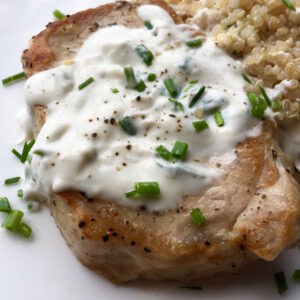 Serves: 4-6
Serves: 4-6
Ingredients (use organic if possible):
- 2 T. extra virgin olive oil
- 8 4-oz. boneless pork chops
- 1/2 c. chicken broth, preferably organic
- 6 oz. cream cheese, cut into small pieces
- 3 T. fresh chives, finely chopped
Optional:
- Salt and black pepper, to taste
- Additional fresh chives, finely chopped, for garnish
Directions:
- Heat olive oil in a large, heavy-duty skillet over medium-high heat.
- Season pork chops on each side with salt and pepper, if desired, and add to preheated skillet. Brown pork chops on each side, approximately 3 minutes per side. Remove pork chops from pan and set aside on a rimmed dish to collect juices.
- Reduce heat to medium and add chicken broth and cream cheese to the skillet. Gently scrape bottom of pan to loosen brown bits and continue stirring until the cheese is completely melted, approximately 4-5 minutes.
- Add juices from the plate holding the pork chops to the skillet. Stir to combine liquids, then add pork chops. Cook for 1-2 additional minutes. Remove from heat and stir in chopped chives.
- Transfer the pork chops to individual serving plates and top with creamy pan sauce. Garnish with additional chives, if desired, and serve immediately with your choice of sides.
To Your Health,
Patti
